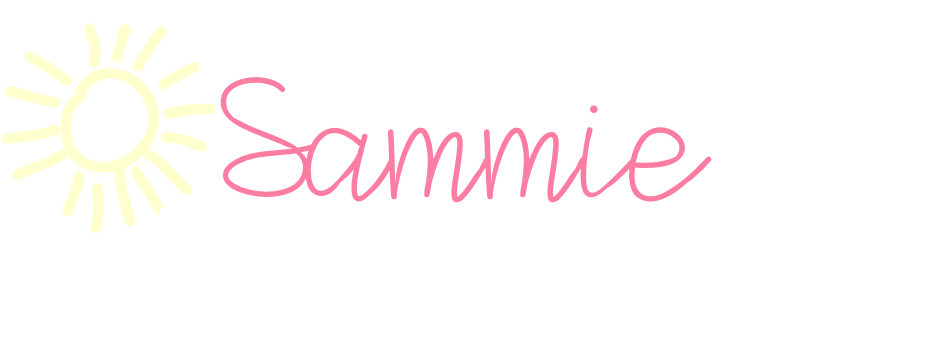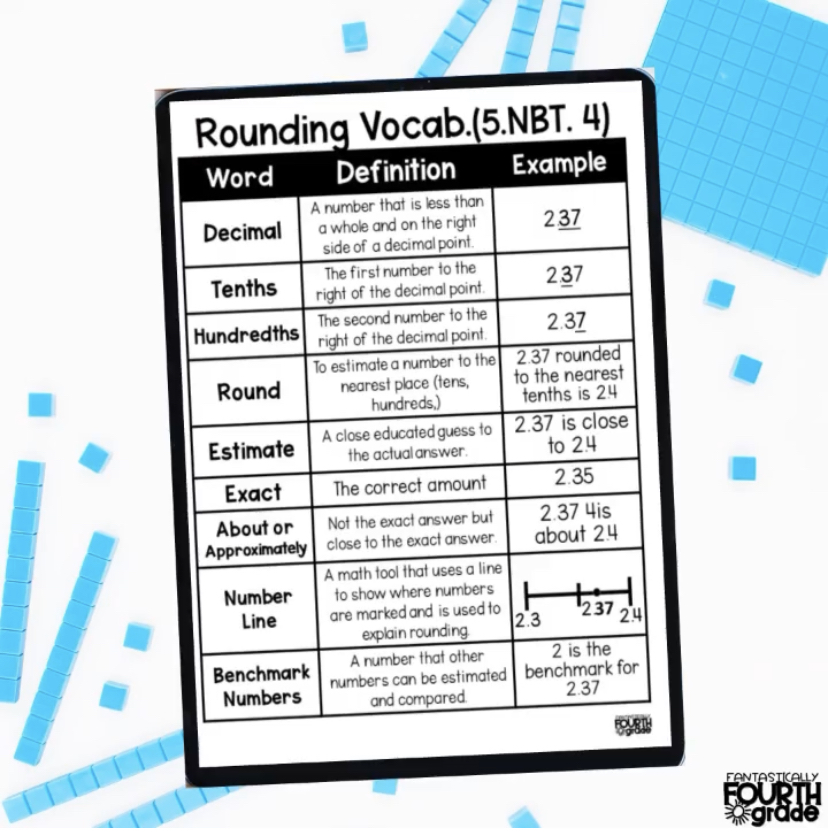I made a BIG mistake my first couple of years teaching vocabulary in upper elementary! I used to teach my students new academic vocabulary, have them memorize it throughout the week and give them a vocabulary quiz at the end of the week. Yikes!! Did my students really understand these vocabulary words? Could they use them in context? The answer to that unfortunately, is some of them, but not most of them. After doing this for a couple years, I realized that this was not helping my students truly understand and know academic vocabulary in context. This needed to change!
Instead of spending instructional time having my students memorize words or memorize words at home for homework, I started spending time daily having them use these words in context. We no longer lost instructional time because it was part of the lesson or activity that day. My students who weren’t good at memorizing, were no longer “falling behind” learning academic vocabulary either. Today, I am going to share with you some of the simple ways that academic vocabulary is now used daily in my classroom.
- Reference Charts for Academic Vocabulary: When I used to use academic word walls in my classroom, I found that most of my students did not reference them and I was spending more time creating cards for them than they were being used. I decided they were not working for me and I wanted some other way for my students to have academic vocabulary to reference. This is when I started using these math reference charts (see in the picture above). These are my favorite way to have my students record new vocabulary words. As we learn or review academic vocabulary, students use these charts to help them write it in their notebooks as a reference. TIP: Model to your students how they use these charts as a reference for discussions and when they are working on different assignments.
- Graphic Organizers for Academic Vocabulary: Many of us are familiar with the Frayer Model (click here if you are not), but I have found over the years that I go through cycles of when I use it. Sometimes I am using it all the time and other times I forget all about it. So, I created an anchor chart and laminated it to keep a Frayer Model available and ready to use in my classroom. I do not use it for each new vocabulary word, but instead use it when there is a new vocabulary word that I want to dig deeper and make sure my students fully understand. Another tip is to print 2 on a page, make a bunch of copies and have somewhere where it is easy to access in your classroom. Then, when you go to use the Frayer Model (to better help your students understand a word), you can give each student a Frayer Model to quickly glue in their notebooks and fill out with you.
- Celebrate Academic Vocabulary When It is Used: In my class, I make a BIG deal when I hear a student use an academic vocabulary word in discussion or conversation with another student. As a class, we celebrate this student by snapping our fingers and I point out that they just used a vocabulary word. Also, I give the student a ticket for using a vocabulary word in our discussions (I have a ticket system in my classrooms). This is VERY simple, but VERY effective too!
- Discussion Prompt Sticks for Academic Vocabulary: This is a quick way to build in academic vocabulary that your students will love! These sticks have an academic vocabulary word on them to help students use this word in our class discussions or their group discussions. When I want students to practice a new vocabulary word, all I do is pull out one of these sticks and so many student hands go up. I hand the stick to the student and they know they have to use that word or phrase in what they are adding to our class discussion or the question that they are answering. These can be used for sentence starters and to help encourage students to use text evidence too!
- I Love What I’m Hearing: I love to walk around and listen to my students when they are having discussions. One time, I was observing another teacher and I saw her writing on the whiteboard some of the things she heard her students say when she was walking around. I LOVED this! So, I decided to make this part of my classroom and create my own little twist with it. I wrote in the corner of my whiteboard “I ❤️️ what I’m Hearing”. Then, when I walked around, I would write down discussion prompts and academic vocabulary that I heard being used in partner or group discussions. I would occasionally stop these discussions, point out what I wrote on the board and then have students go back to their discussions. When they went back to their discussions, I started hearing this academic vocabulary used a lot more! It made my teacher heart very happy and I started doing this in my classroom as much as possible.

Want to try out my math vocabulary charts that I talked about in the 1st idea? These charts are available for all math standards in 3rd, 4th or 5th grade. All my charts come with both a printable and digital version too. Click here for a FREE sample and click the image below to check out the year long bundles for these charts in my TPT store!











